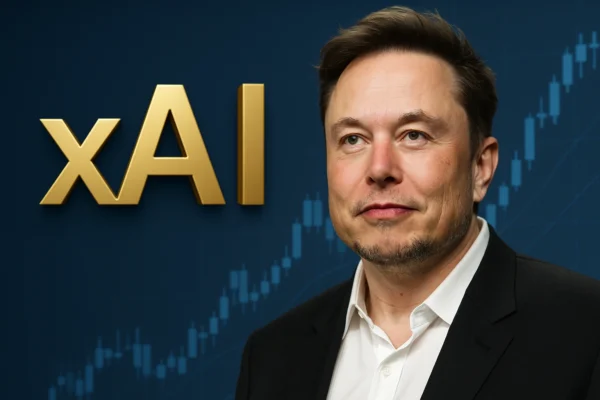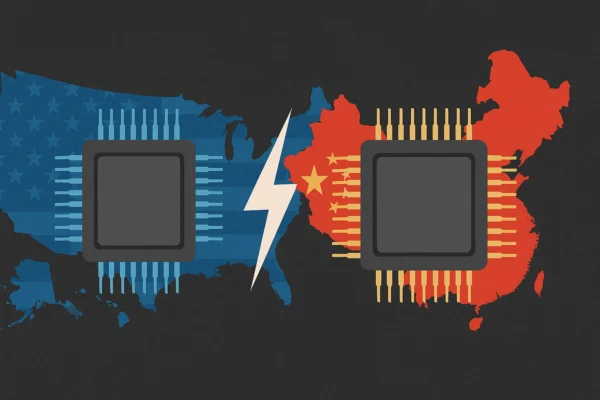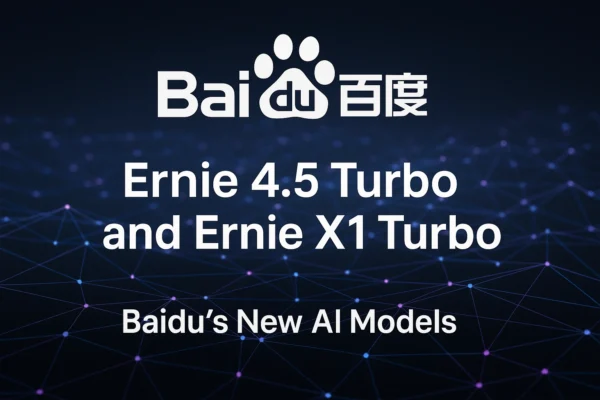
Elon Musk’s xAI seeks a $20B raise at a $120B valuation. Explore the funding structure, strategic plans, and financial outcomes for xAI Holdings post-X merger.
Elon Musk’s xAI Holdings is in advanced negotiations to raise $20 billion, targeting a post-money valuation of $120 billion for the combined xAI and X entity. This follows xAI’s $45 billion all-stock acquisition of X (formerly Twitter) in March 2025, valuing xAI at $80 billion and X at $33 billion (net of $12 billion debt). The raise, among the largest in private tech history, positions xAI behind OpenAI ($300 billion) and Anthropic ($61.5 billion) but solidifies its AI ambitions.
This analysis dissects the funding structure, precise financial impacts, and strategic priorities, tailored for business stakeholders with pinpoint-accurate figures as of April 26, 2025.
The $20 Billion Raise: Market Context and Scale
Global AI investments reached $103 billion in 2024, per CB Insights, with xAI’s $20 billion round trailing only OpenAI’s $40 billion (March 2025, $300 billion valuation) and rivaling Anthropic’s $3.5 billion (March 2025, $61.5 billion). Musk is engaging sovereign wealth funds (Saudi PIF, Mubadala), venture titans (Sequoia, Andreessen Horowitz), and strategics (NVIDIA, AMD). The AI boom, driven by generative AI and autonomous systems, ensures investor interest, but terms will be rigorous.
Key Question: How will xAI structure the $20 billion to fuel growth while balancing control and financial stability?
Funding Structure: Equity, Debt, or Hybrid?
The raise’s scale demands a sophisticated approach. Below are the likely structures with precise financials:
1. Equity Financing (Primary Path)
Raising $20 billion in equity at a $120 billion valuation implies a 16.7% stake (20 ÷ 120). This dilutes Musk’s estimated 60% ownership in xAI Holdings (post-X merger) to ~50%, assuming no secondary sales by investors (e.g., BlackRock, Fidelity).
Financial Impact:
Valuation: Pre-money $100 billion → Post-money $120 billion.
Dilution: Musk’s stake drops by 10 percentage points; early investors face proportional dilution.
Balance Sheet: Cash reserves surge from $6 billion (estimated post-November 2024 $5B raise) to $26 billion, enabling massive capex.
Control: Musk retains voting control, but new investors may demand board seats or veto rights.
Likelihood: 70%. Equity is standard for AI startups to fund compute ($1M/server for NVIDIA DGX clusters) and talent ($500K–$2M/year for researchers).
2. Debt Financing (Secondary Option)
xAI could raise $5–7 billion in convertible debt (25–35% of the round) to defer dilution. At a 6% coupon, annual interest would be $300–420 million. Straight debt is riskier given xAI’s limited revenue and $3 billion annual cash burn (estimated).
Financial Impact:
Leverage: Debt-to-equity ratio rises from near-zero to 0.2–0.3, manageable but risky.
Cash Flow: Interest payments strain liquidity unless X’s $2.5 billion revenue (2024) is tapped.
Future Dilution: Conversion at a $150 billion valuation (2026 projection) minimizes immediate ownership loss.
Likelihood: 20%. Musk’s use of convertible debt at Tesla (2014, $1.8B) suggests familiarity, but xAI’s early-stage risk deters lenders.
3. Hybrid Model (Strategic Balance)
A mix of $15 billion equity (12.5% stake) and $5 billion convertible debt balances growth and control. Equity funds immediate needs; debt preserves upside for future rounds.
Financial Impact:
Valuation: $120 billion post-money.
Dilution: Musk’s stake drops to ~52.5%; less severe than pure equity.
Debt Load: $5 billion at 6% adds $300 million annual interest, offset by $26 billion reserves.
Flexibility: Debt conversion in 2026–27 aligns with projected enterprise AI revenue ($1–2 billion by 2027).
Likelihood: 10%. Musk’s creative financing (Tesla’s 2017 bond-equity mix) makes this viable.
Projection: A hybrid model—75% equity ($15B), 25% debt ($5B)—is optimal, minimizing dilution while ensuring liquidity.
Strategic Allocation of Capital
The $20 billion will accelerate xAI’s competition with OpenAI ($3.7B revenue run-rate) and Anthropic ($1.3B ARR). Allocation estimates, based on industry benchmarks and Musk’s statements, include:
Supercomputer Infrastructure (40%, $8B):
Expanding the “Colossus” supercluster in Memphis to train Grok 3 and future models.
Cost: $500M–$1B per exascale cluster; xAI targets 8–10 clusters by 2027.
Partners: NVIDIA (H100 GPUs, $40K/unit), AMD (MI300X, $20K/unit).
Goal: Cut $500M/year in cloud costs (AWS, Azure) and match OpenAI’s compute scale.
R&D and Talent (30%, $6B):
Hiring 2,000 AI researchers/engineers at $500K–$2M/year.
Developing multimodal LLMs and autonomous agents to rival Claude 3.7 Sonnet.
Benchmark: Anthropic’s $1B R&D spend; xAI aims for $2B/year.
X Platform Integration (15%, $3B):
Enhancing X’s algorithms for recommendations, moderation, and ads via Grok 3.
Growing X’s 600M MAUs (2024) to 800M by 2027, boosting ad revenue ($1.5B in 2024).
Cost: $1B for compute, $2B for engineering over 2 years.
Enterprise AI Products (10%, $2B):
Launching automation tools, AI search, and analytics to compete with Google Cloud AI ($10B market).
Target: $1B revenue by 2027, leveraging Grok 3’s API ($5–$50/million tokens, akin to Claude’s $3–$75).
Cost: $1.5B for development, $500M for go-to-market.
Reserves and Acquisitions (5%, $1B):
Buffer for regulatory fines or market volatility.
Potential $500M acquisitions of niche AI startups (e.g., interpretability firms).
Financial Health Post-Funding
The raise transforms xAI Holdings’ balance sheet:
Aspect | Pre-Funding | Post-Funding |
|---|---|---|
| Valuation | $100B (post-X merger) | $120B |
Cash Reserves | $6B (post-November 2024) | $26B |
Annual Cash Burn | $3B | $6–8B (scaled investment) |
Debt Load | $12B (X’s debt) | $17B (if $5B new debt) |
Revenue | $2.5B (X’s ad revenue) | $2.6–2.7B (early AI integration) |
Musk Ownership | 60% | 52.5% (hybrid model) |
Debt-to-Equity | 0.12 | 0.17 (if $5B debt) |
Risks:
Cash Burn: $6–8B/year could deplete reserves in 3–4 years without revenue scale-up.
Musk’s Bandwidth: Managing Tesla ($1.03T market cap), SpaceX ($350B), and X risks distraction.
Regulatory Pressures: EU AI Act, US EO 14110, and Memphis pollution scrutiny could cost $500M–$1B in compliance.
Upside: Execution could yield $5B revenue by 2028, leveraging X’s data and Grok’s enterprise potential, though trailing OpenAI ($12.7B projected 2025 revenue) and Anthropic ($3B by 2027).
The $20 billion raise is a defining moment for xAI Holdings. A hybrid $15 billion equity and $5 billion debt structure funds compute, R&D, and X integration while preserving Musk’s control. The $120 billion valuation reflects investor confidence but demands rapid milestones: operational supercomputers by 2026, $1B enterprise revenue by 2027, and X’s user growth. Compared to Anthropic ($61.5B, $1.3B ARR), xAI lags in revenue but leads in social media synergy.
Musk’s track record suggests bold execution, but investors will scrutinize compute efficiency, X’s MAUs, and AI product margins. Success could reshape the AI landscape; failure risks overleverage and reputational strain. As Musk navigates this gamble, xAI’s next three years will define its legacy.





